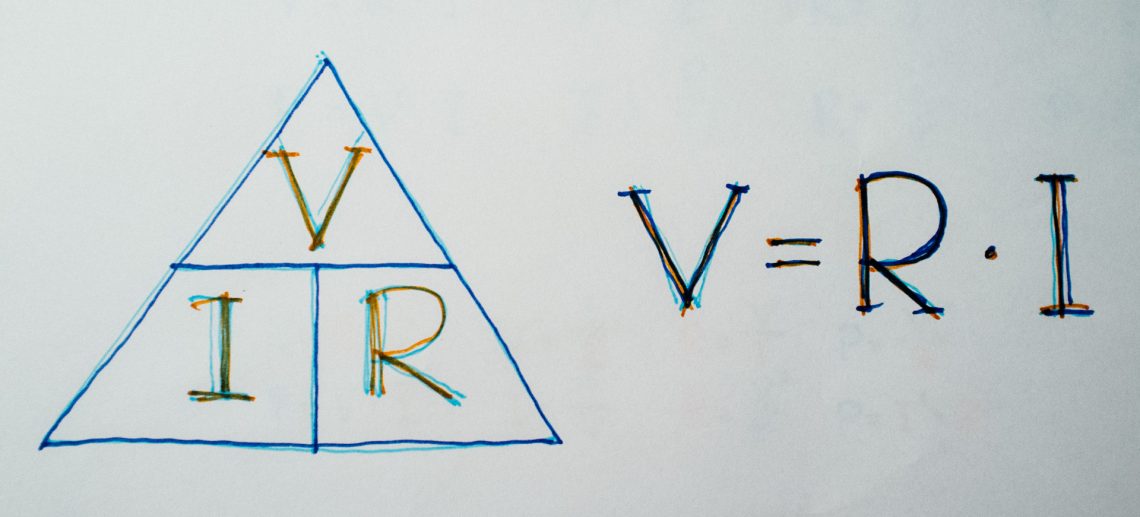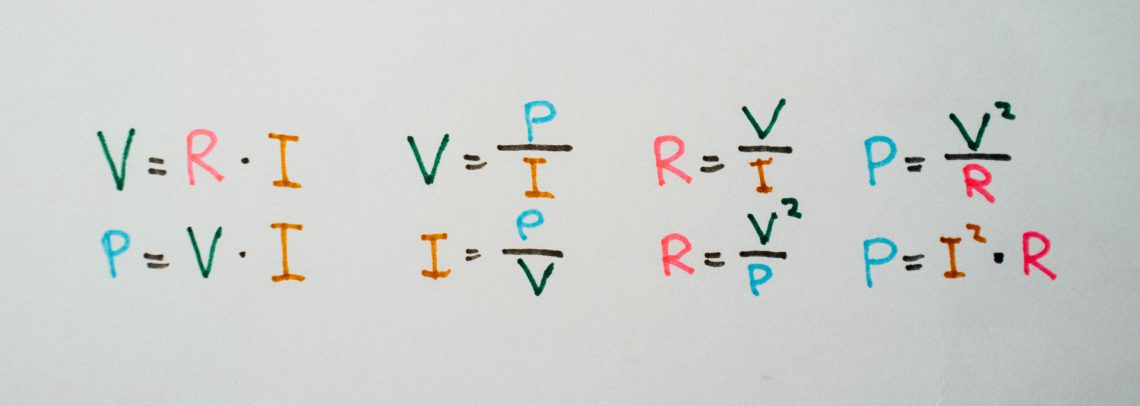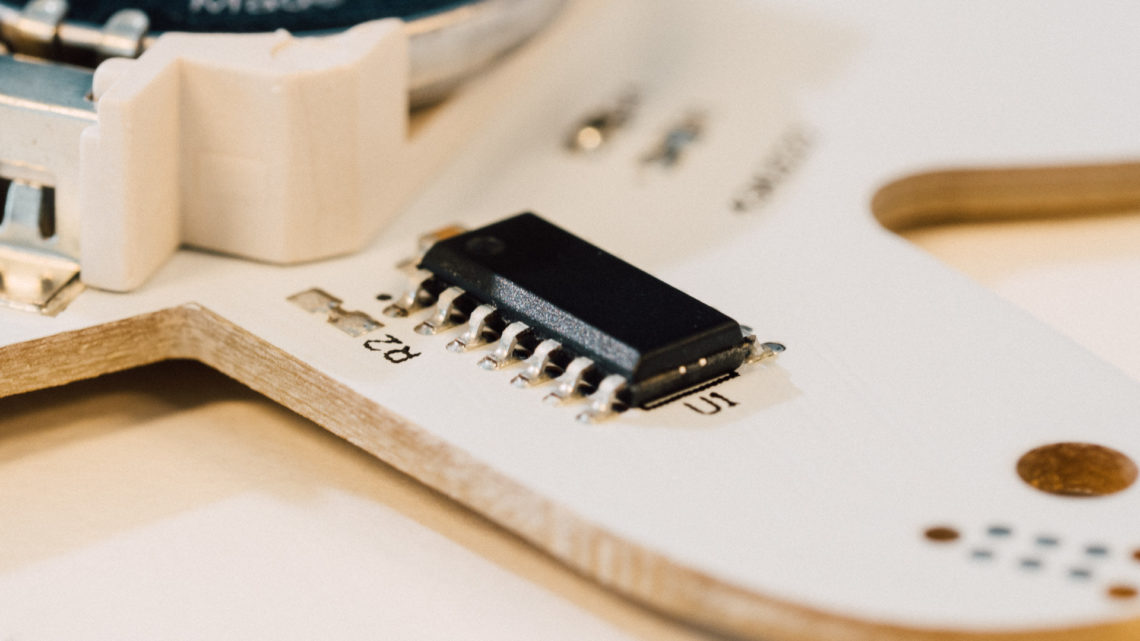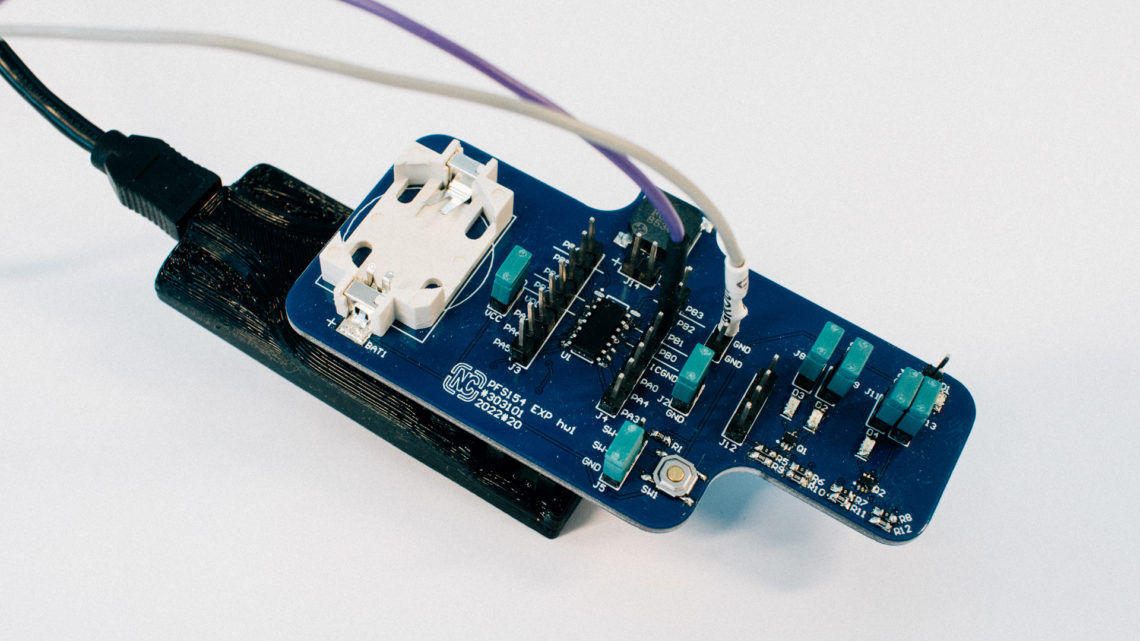So what has this picture to do with voltage, current and resistance? Continue reading and you will be explained why this is a good analogy to this often misunderstood and complicated topic.
Disclaimer: This article aims to keep the different topics discussed easy to understand. Therefore: The physical background behind each concept is not explained in detail.
Voltage
Voltage is about the “pressure” needed to move the electrons. In our water analogy that is how high above the person the water is released. It’s the difference in pressure between the two points: bucket and target.
Voltage is measured in volts (abbreviation: “V”), and the mathematical symbol is V.
Voltage in perspective
- A common voltage in digital systems is 3.3 V.
- It’s not the voltage that kills you, but the current. More about that here.
- To generate a spark through air you need about 3.3 million volts for every meter.
Current
Current is a measure of how big the flow is. In our analogy, the current is how much water is released.
Current is measured in amperes (abbreviation: “A”), and the mathematical symbol is I.
Current in perspective
- The LEDs in this installation use in total about 53 A.
- The backlight in the Nokia 3310 LCD screen use up to 80 mA.
Resistance
Resistance is a sort of break on the current. In our analogy that is the size of the nozzle on the end of the bucket. Smaller nozzle, higher resistance! And by using an open ended bucket the only resistance would be created by the air!
Resistance is measured in ohms (abbreviation: “Ω”), and the mathematical symbol is R.
Resistance in perspective
- A human body has around 1 MΩ (1 million ohms) resistance from hand to hand.
- A typical 60W old school lightbulb has a resistance of about 880 Ω.
The connection between V, I and R
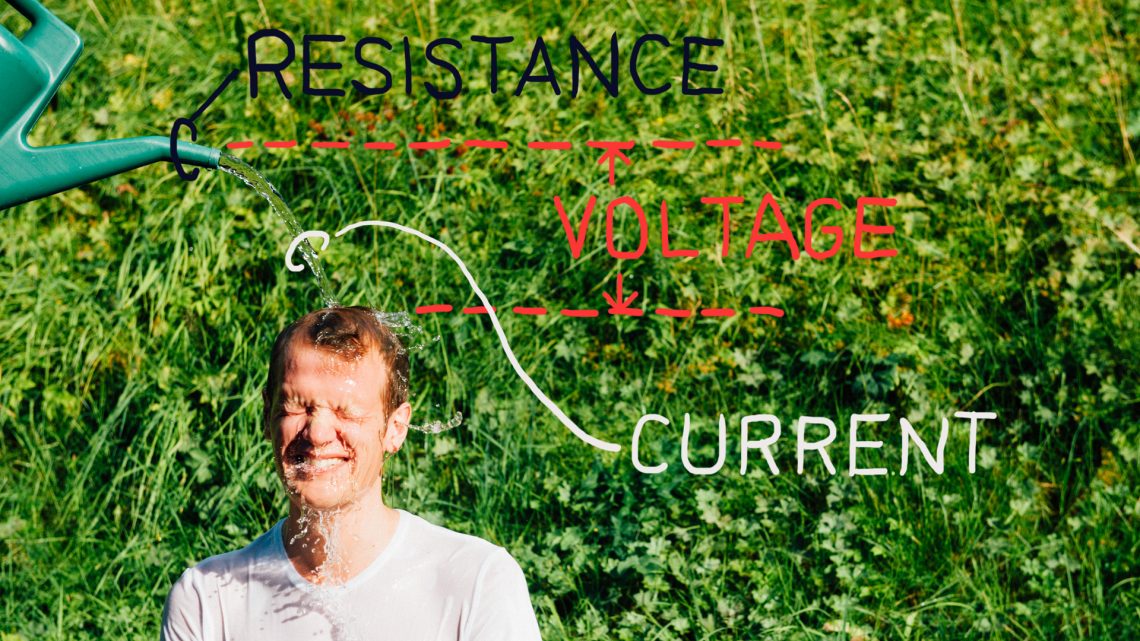
So if we combine Voltage, Resistance and Current we can apply it to the picture as shown.
And Ohm’s law explains the connection:
A common mistake in testing electronic circuits is to only wire up one lead. For current to flow, a circuit has to exists! And to measure something you have to create a reference point. So to measure voltage, you always have to use two wires: One for creating the reference point, and one where you do the measuring.
And what about Power?
Power is a measure of energy. Power used by a specific component can be calculated by multiplying the voltage over it with the current flowing through it.
Power is measured in watts (abbreviation: “W”), and the mathematical symbol is P.
And the equation for power is P = V * I
And now we can easily create these variants:


